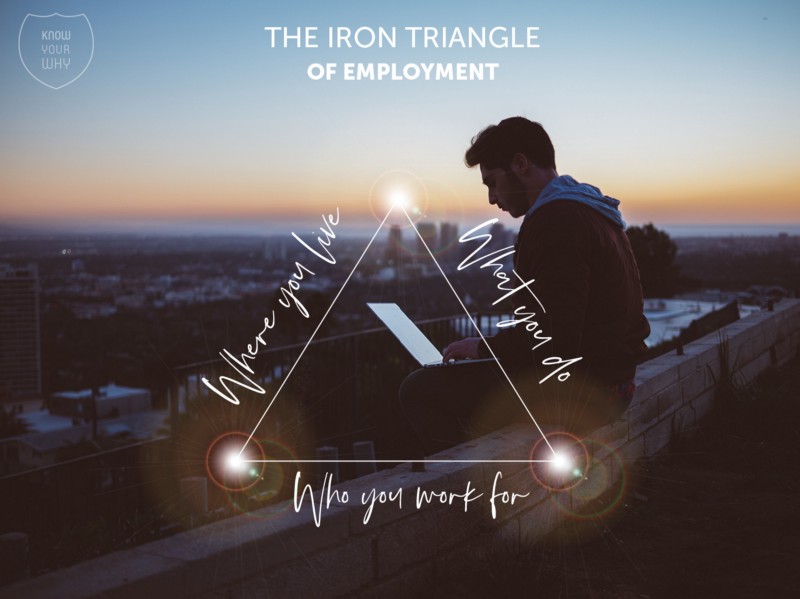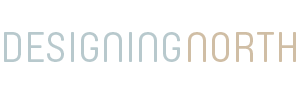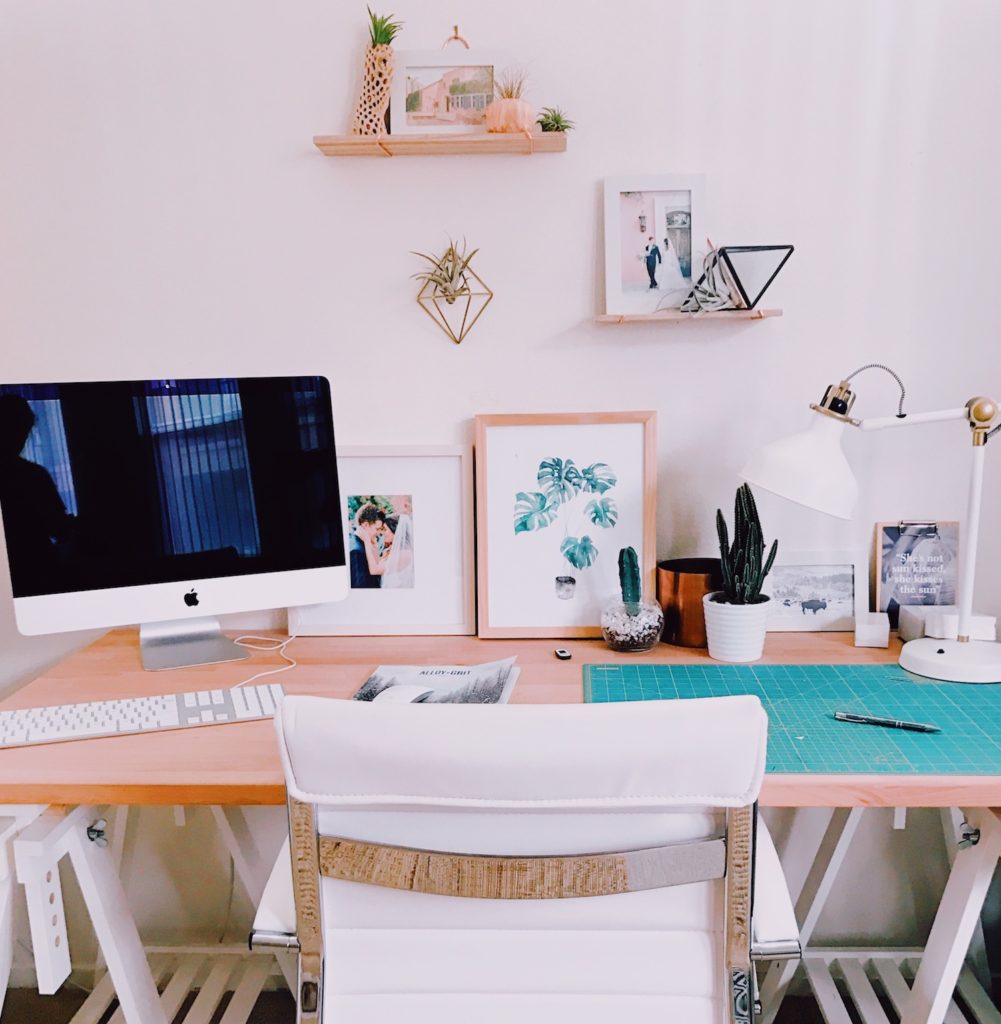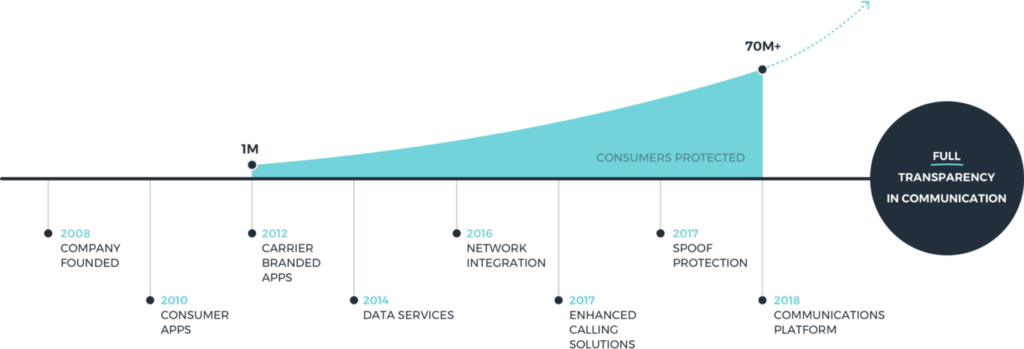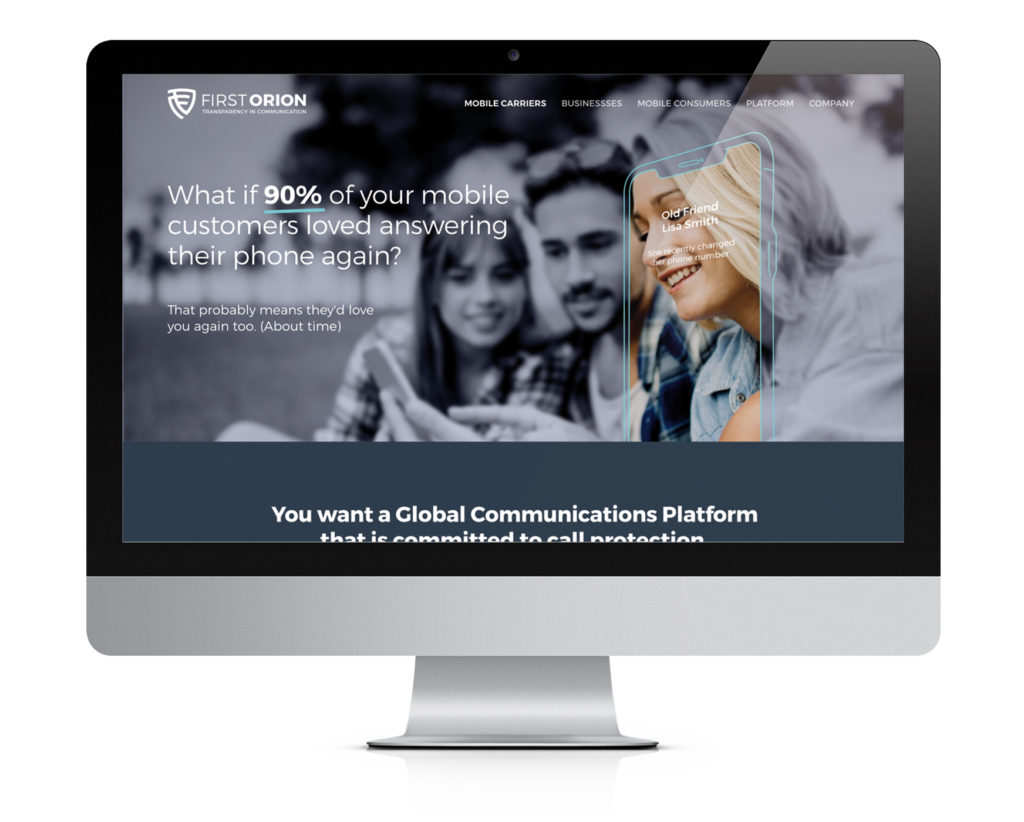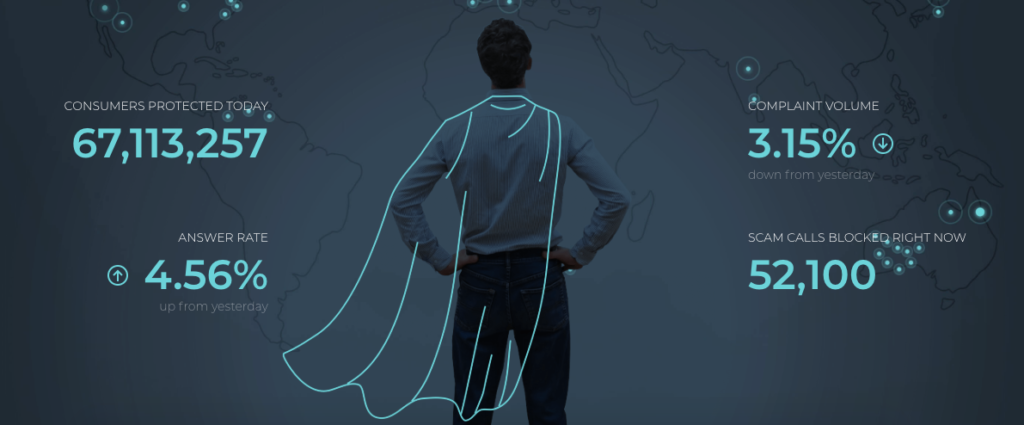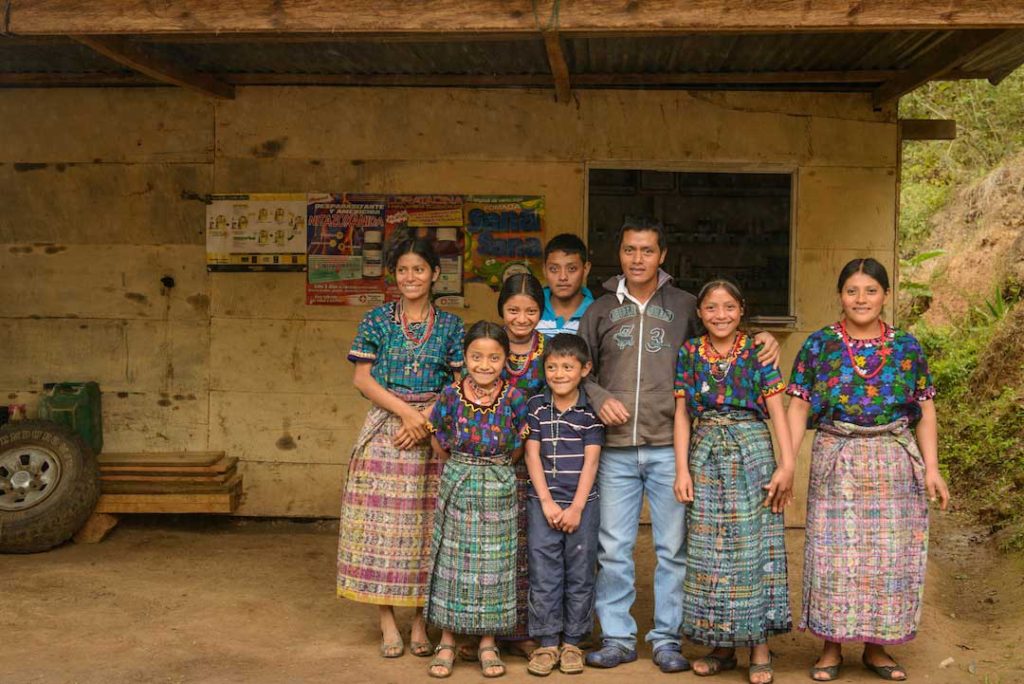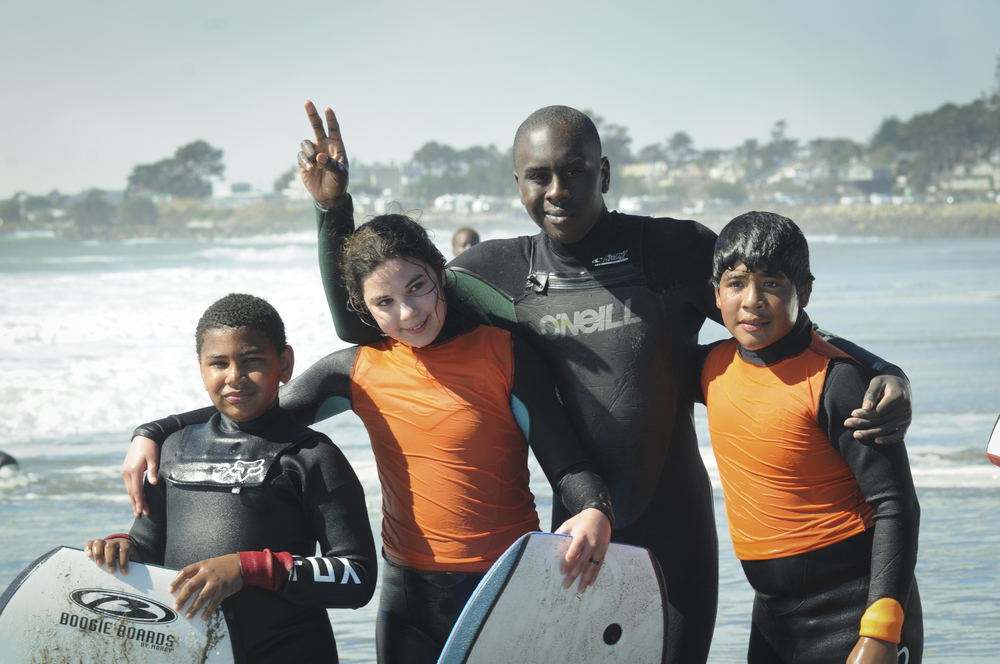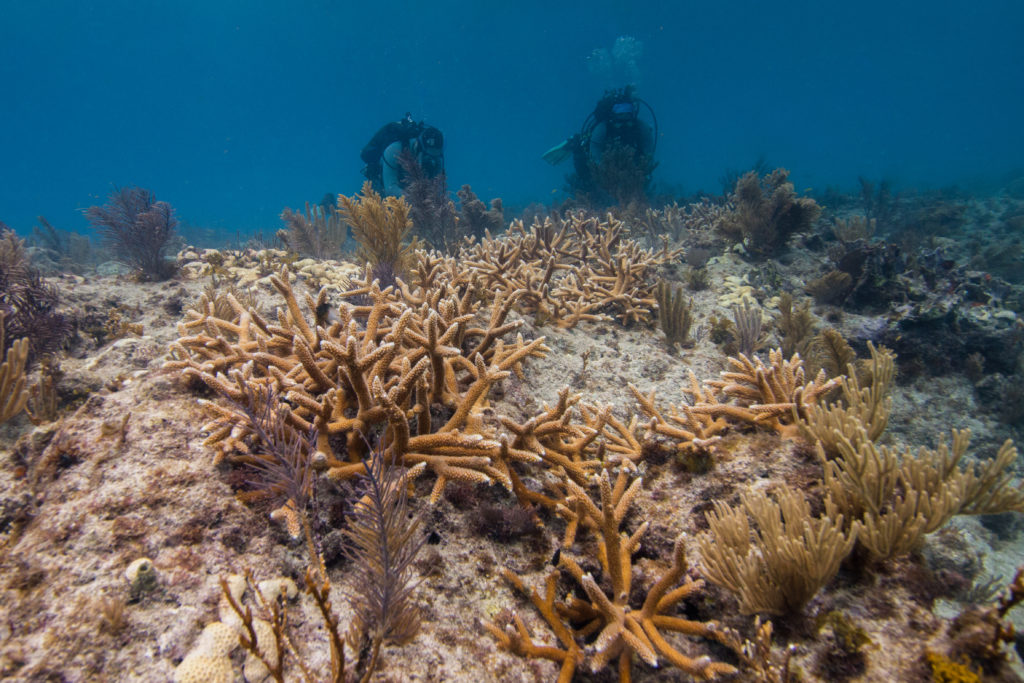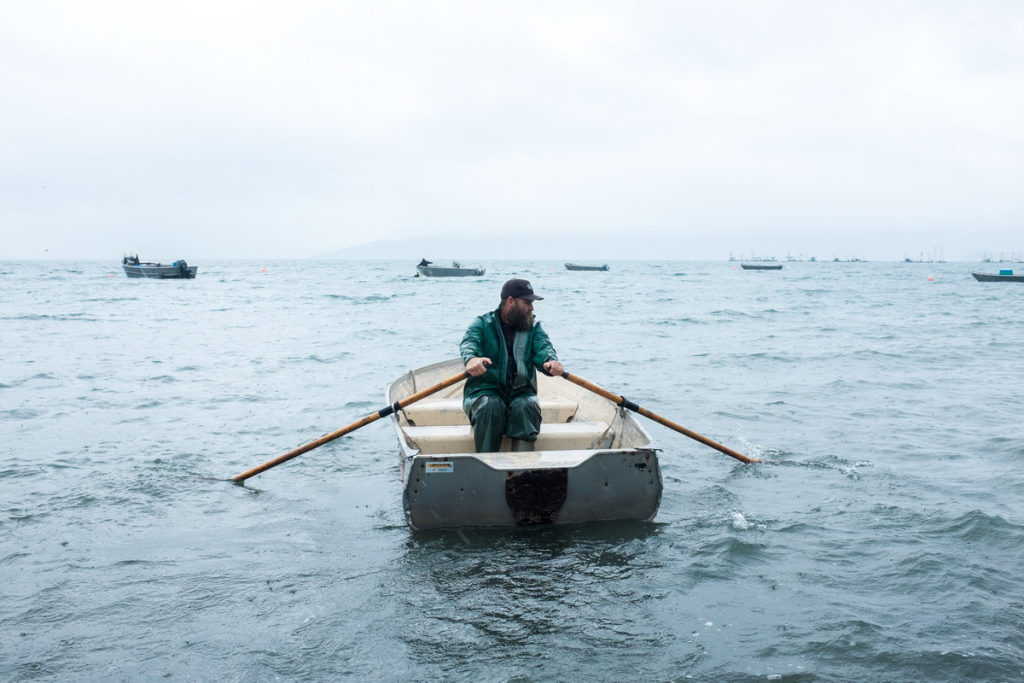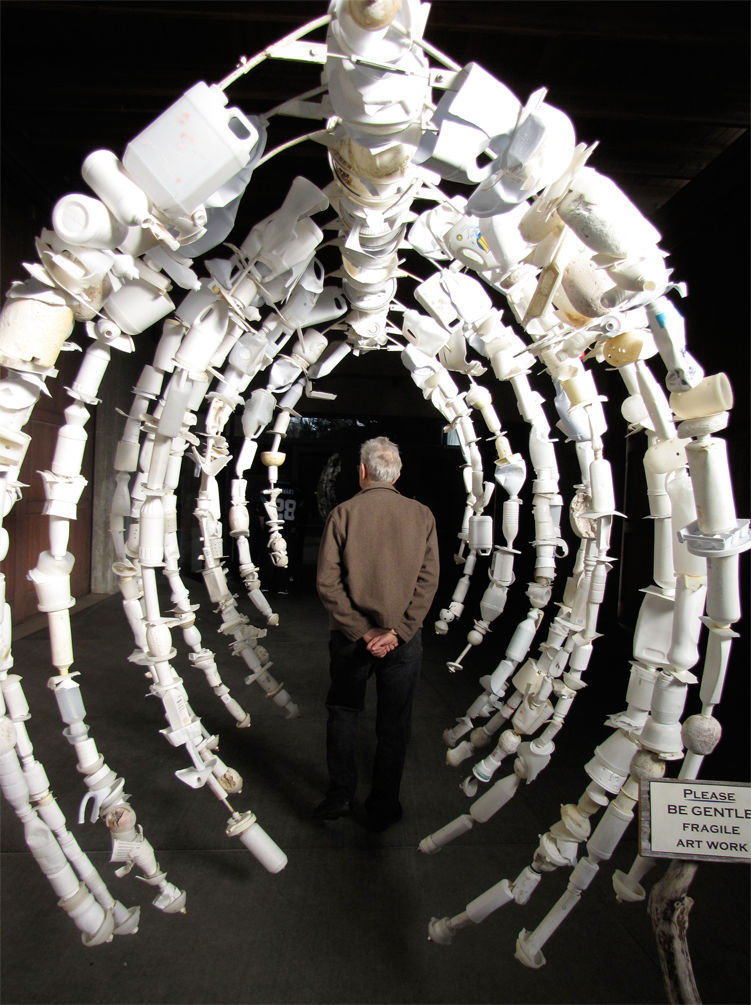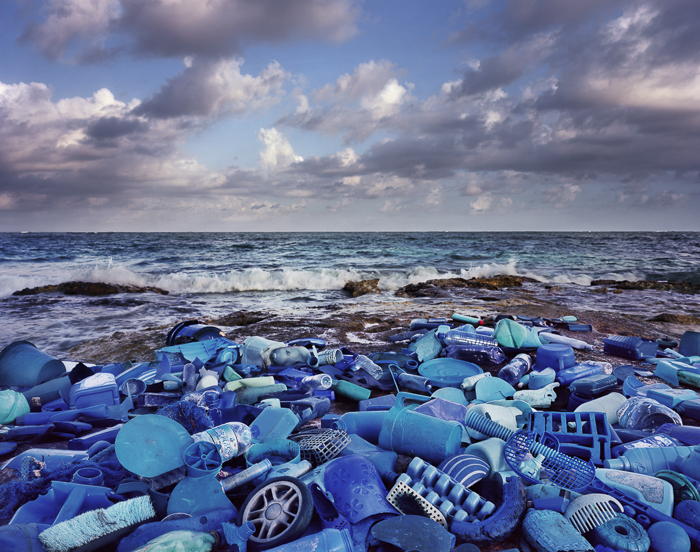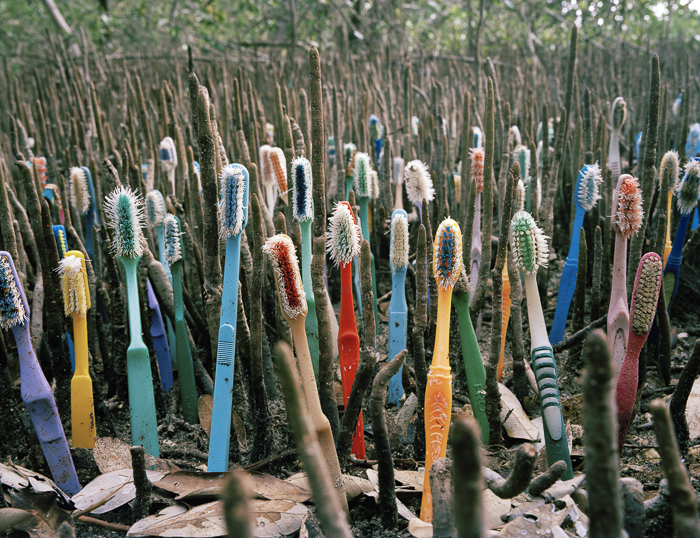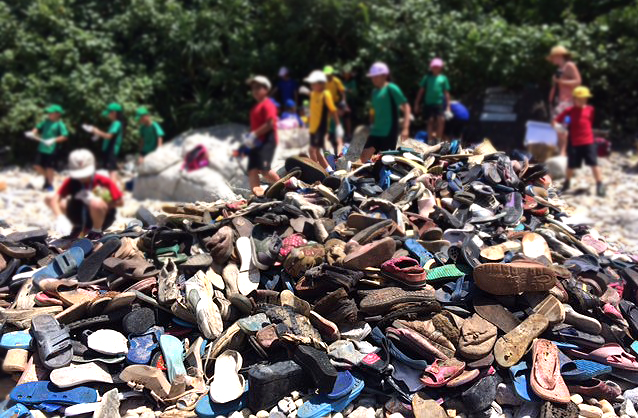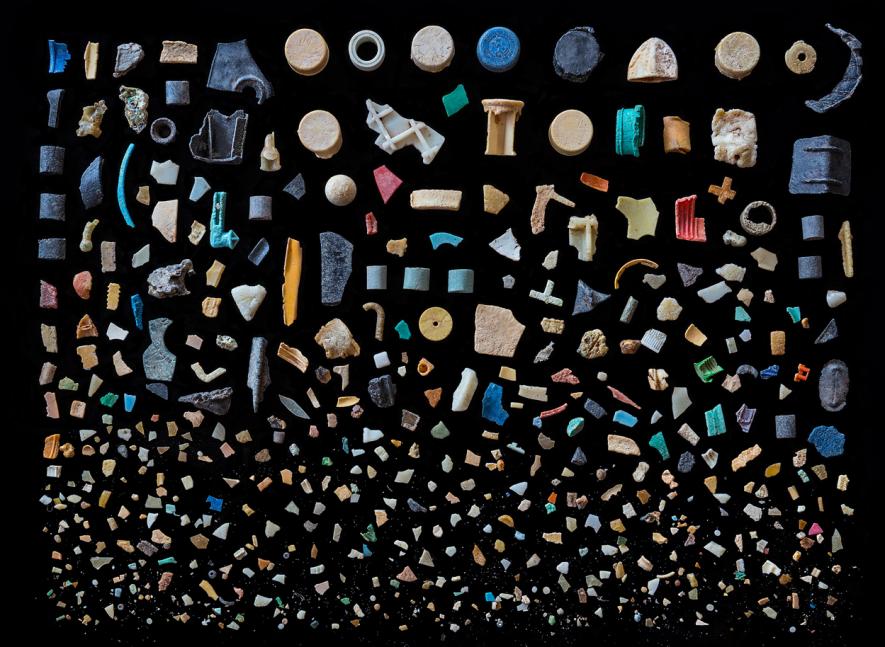As one of the NFL’s most prolific leaders, Aaron Rogers said it best, “Surround yourself with really good people. Because the people you surround yourself with are a reflection of you.”
The application of this message for your life may be slightly different than Aaron’s, but the end result remains the same: the people you pick will largely influence your success in life, including the levels of happiness you experience — so pick’em wisely.
From Aaron’s football field in Green Bay (with ten other teammates) to our design studio in the San Francisco Bay Area (with an ensemble of creatives), we believe the most influential factor in determining success is choosing the right people: the people you work with, partner with, and associate with.
It’s a mindset we carry into every client project, using it to make “game-time” decisions: do we go for it — or not? Do we submit the proposal — or direct our attention elsewhere?
Rarely does it fail us.
Because (in the words of legendary NFL coach Don Shula) “The one thing that I know is that you win with good people.”
So, using our mindset as guidance, let’s take a look at what it means to pick your people.
Who You Work With
Success doesn’t occur in a closed work environment. Remote or on-site, cultivating a functional team that jives is dependent on laying the initial foundation: choosing the right people.
And more often than not, this choice aligns with a specific mission statement. That is, you choose to work with individuals who align with the company purpose — and/or — business culture.
For example, Patagonia employees are hyper-involved with the recruitment of new team members, often inquiring about one’s interest in the environment and sustainability, even asking prospective team members to consider the footprint of their application materials — the potential waste involved.
If you read Patagonia’s mission statement (“Build the best product, cause no unnecessary harm, use business to inspire and implement solutions to the environmental crisis’), you can see why they have been successful over the years: pick good people and let those people choose who they want to work with.
As the Executive Creative Director for Designing North Studios, Lisa Peacock is viewed as the architect for the current team of designers, strategists, and creatives that all work together today. But we must reiterate, this didn’t happen in a vacuum.
When selecting her starting team, Lisa relied on the designing north mindset to guide her through the growth process:
“It takes dedication, commitment, and most importantly, really good people to make a design studio tick” she says.
“I always knew that the people I was looking for to work at Designing North Studios would be my Designing North Stars.”
Finding these people, attracting them, and creating a studio environment wouldn’t have been possible without a shared purpose: really good people coming together and displaying their talents, and delighting clients in the process.
To this day, our studio members add a little extra to everything they do — it’s who they are. Their career, how they live, the relationships they nurture — it’s all influenced by delivering results just north of expectation, embracing the small details throughout any process.
This approach, believe it or not, really does add happiness, success, peace, and love to the global experience — which for us, is the biggest UX of all.
Who you Work for
Whether choosing who you work with — or for — the premise remains constant: it’s important to pick your people. Remember, your success depends on it.
Speaking to the strength of today’s most successful companies, the ability to inspire employees around a mission is a powerful tool. In fact, this messaging helps influence a person’s choice with regard to employment or collaboration.
Similarly, this inspiration often permeates throughout an industry, reaching potential partners, clients, and firms who are out there searching for ideal work — and people.
In essence, they’ve learned to choose who they complete work for, connecting the dots between happiness and success by way of affiliation, fulfillment and satisfaction — a result of associating with like-minded, purpose-driven people.
Hipcamp showcases this mindset flawlessly: Reviewing their checklist for prospective talent, the first — and most crucial — bullet point reads:
“As a team, we’re committed to striving toward and evolving these shared values in ourselves and in other team members.”
Through this lens, working for an employer versus client may share more similarities than previously thought.
In both scenarios, a conscious choice is made to spend significant time working; choosing people, teams or companies that strongly align with your values offer the reward of time well spent, elevating the human experience.
Your human experience.
Using our studio example, choosing a project (who we do work for) is an extension of who we choose to work with as individuals — those who relish in the small details and strive to deliver effort that’s a hover above expectation. Values, mindset, and even subject matter all deserve attention when making this decision.
We know from experience: Alignment with a client’s mission equates to optimal engagement and communication, the pinnacle of choosing who we do work for, especially in the journey-crafting business. Essentially, we look for that mindset in all directions, be it freelance talent or the ideal client.
Our best partners, for example, understand world challenges; are dedicated to the future of education; and are passionate about heading in the right direction — their projects reflect this ideology.
Others have been voted the most ethical companies by industry and peers.
Some even challenge traditional business norms in order to lift entire communities from poverty. It’s all really good work that deserves to be supported with passion and commitment from fellow believers. That’s us!
Ultimately, choosing who receives your time and energy can significantly impact your feelings of success. Money aside, it’s an opportunity to enrich the human experience with a sense of purpose, satisfaction, and belonging.
If you are like us, you want more of this. Not just for yourself, but for others as well.
Who is in Your Network
Interconnectedness. Support. Opportunity. Exposure. Everyone wants it, but few know where to find it. And crafting the right network is a crucial step towards experiencing personal and professional success.
Fortunately, personal and professional networks function to serve the people who maintain their existence — you! Of course, networks require cultivation — and grow best when crafted with care and intention, with a greater-good value proposition.
We aren’t the first to proclaim the importance of networking for a successful career. In fact, current research reinforces the importance of face-to-face networking for career growth.
Even with a plethora of technology tools, the human component remains most valuable. However, if you expect your network to have your back, there’s one factor you should pay extra attention to: the people!
That’s right, a network is only of value if you can build it with the right people.
But how do you decide who is right for your network? Well, why not start by looking to the people you choose to work with — and for. Chances are good they know exactly where you need to be networking.
As creatives living with the mindset, many of us share ties to the same networks embedded within the digital design industry.
Past jobs, current friends, old co-workers, etc., they all shape who we are in the present and influence who we will become in the future.
That’s the beauty of cultivating a network reflective of your true values and interests: It’s always working for you — much like smart investing.
However, pursuing interests by way of networking will present person challenges. Always keep your eyes peeled, there are limitless temptations of money, greed, and fame within various industries these days.
Take the tech startup community, for example. From hidden agendas to a plethora of funding channels, it’s not uncommon to witness the suppression of values in the name of making investors smile.
It’s OK to be stubborn.
It’s OK to be picky.
It’s OK to vet before welcoming new members — it’s your network! And it’s “health” depends on you. So be patient. Cultivate and curate on a regular basis.
Collaboratively, we branch out to meet new people, learn of new opportunities, and even cross digital borders, accessing other communities of interest; let’s say from a design community to a primarily tech community, for example.
If your visualizing an imaginary “jump” from one social channel to another — let’s say, instagram to LinkedIn or Twitter to Vimeo — you are spot-on.
Each community brings new introductions and opportunities for connecting with good people. People chosen by you.
From the American Marketing Association (AMA) to the Professional Association for Design (AIGA) to Dribble, Behance, and even LinkedIn, these communities shape the larger network we associate and interact with — and call our own. These are the people we choose to associate with.
Designers of various disciplines (UX, UI, XD, IxD), Illustrators, graphic artists, writers, videographers, creative directors, etc., all form the design “arm” of our individual networks.
Similarly, each person may have complimentary network extensions created with connections from previous employers and friendships.
Using the studio for reference, part of Lisa’s network may offer consistent resources in the form of design projects for the team to work on, while that of a team member may uncover new freelancers to join the team, further growing the studio’s presence.
Their titles may only identify their outer layer (what we see on paper) but their work and communication symbolizes what lies beneath. A mindset for success.
Picking your people is undoubtedly one of the most important decisions you will make in life. Viewed as an opportunity to control destiny, this responsibility is ongoing, surfacing every time new relationships are made.
Who you work with, who you work for — or complete work for — and who you form a network with all play an active role in shaping what success looks like for your life. If you haven’t figured it out yet, people are the second most influential component of your life.
The first is you.
So go ahead, get out there and choose wisely.
Your future-successful-self will thank you.
